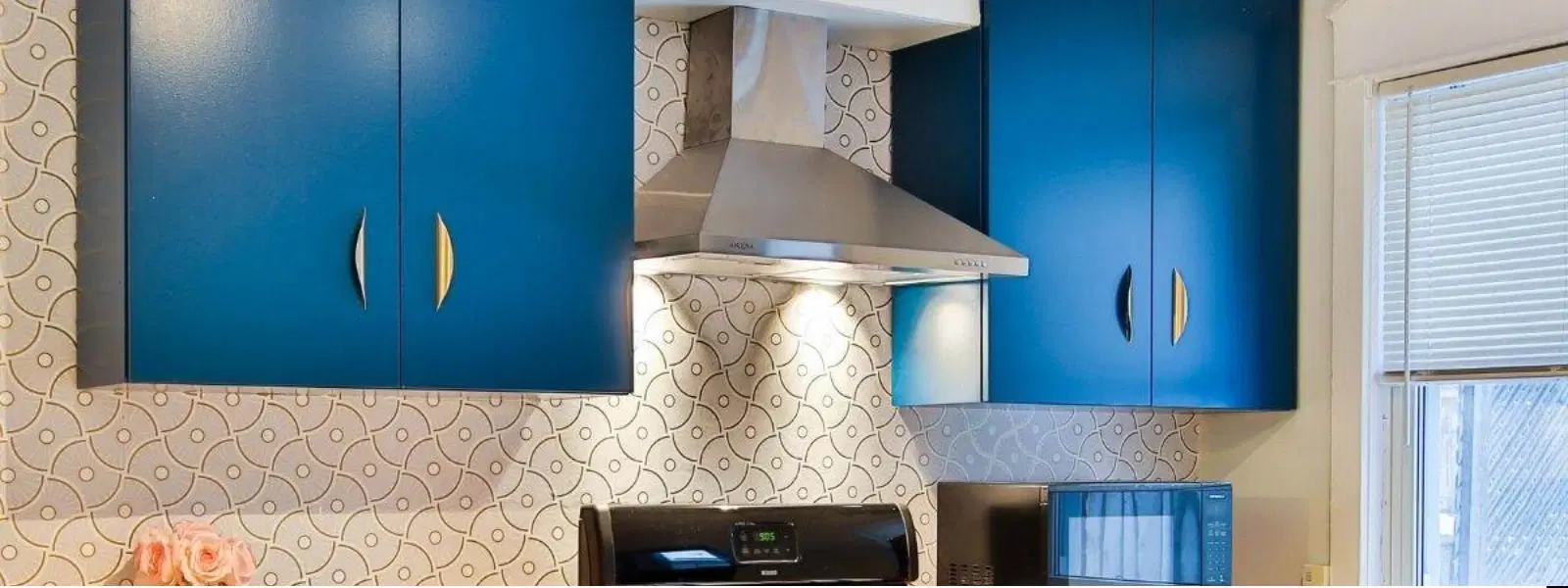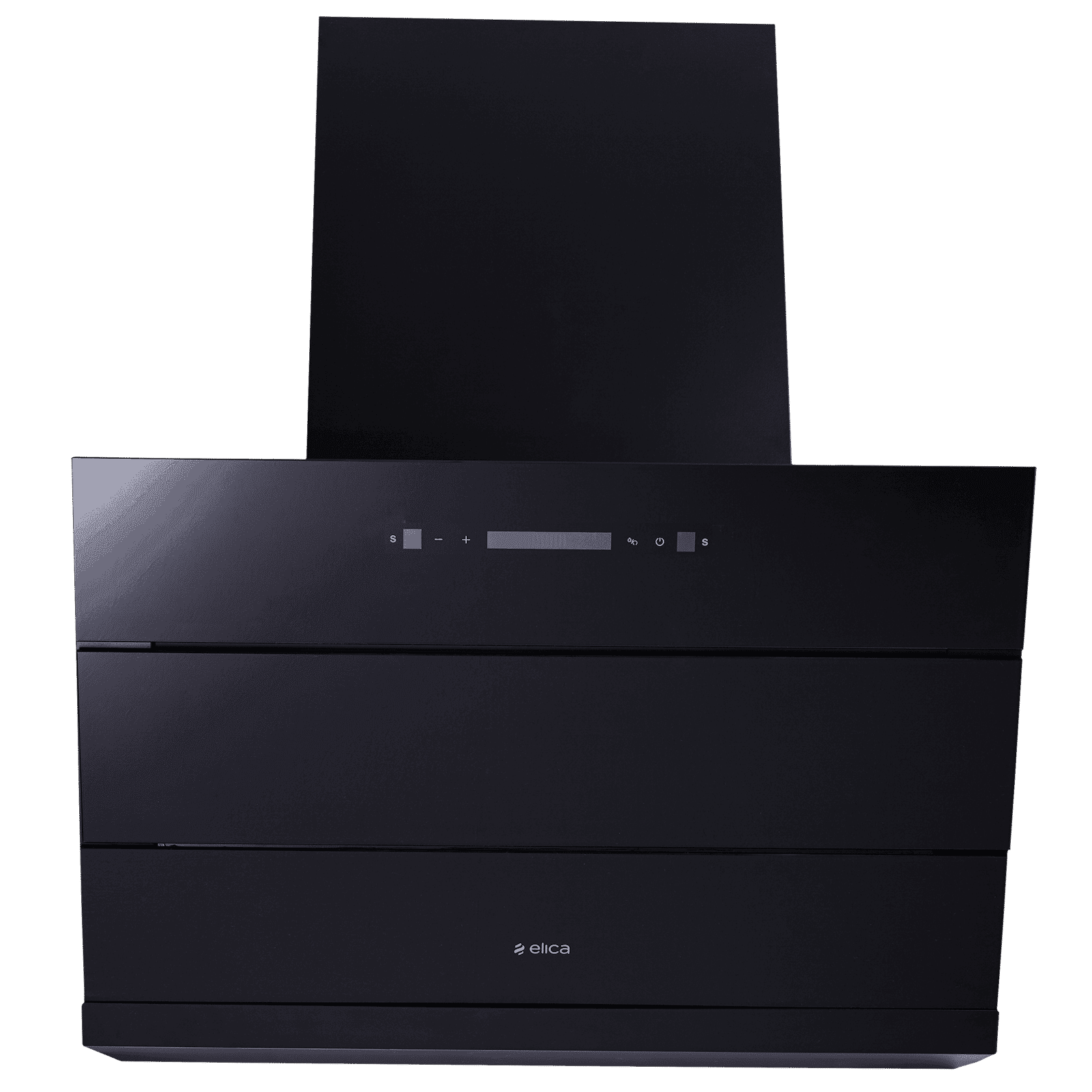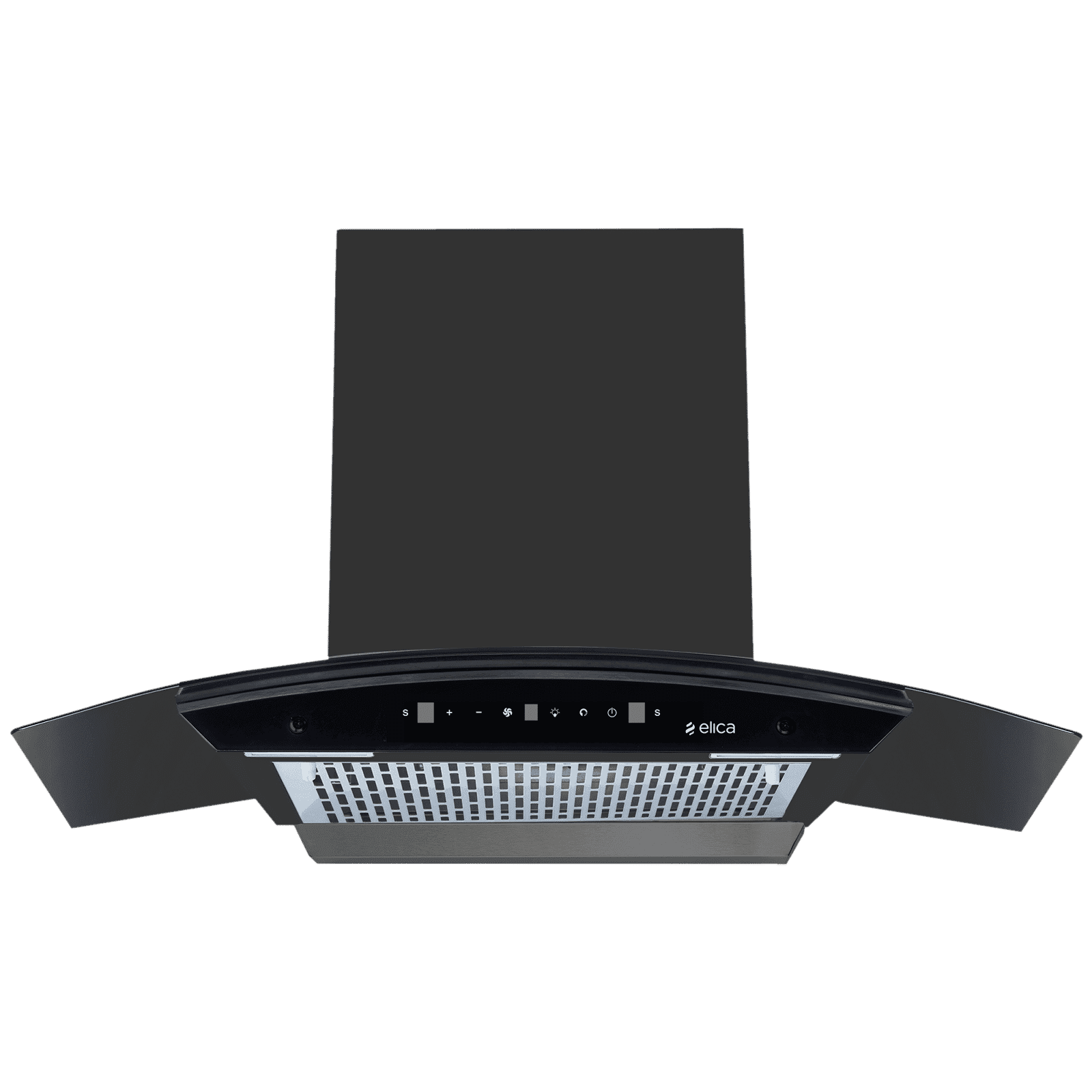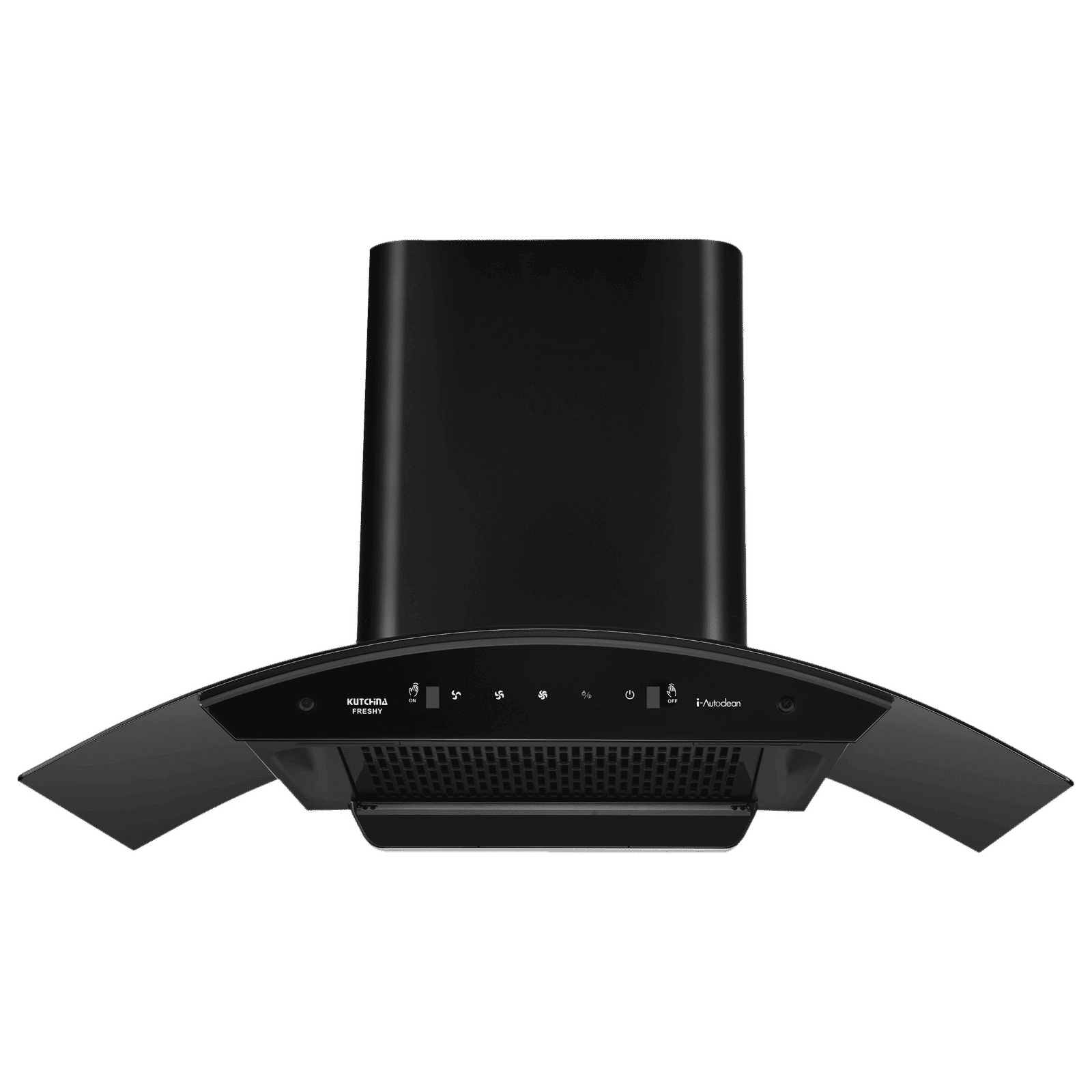
Home Appliances
•04 min read

Buy elica EFL 3V 751 BLDC HAC LTW MS NERO 75cm 1500m3/hr Ductless Auto Clean Cabinet/Hob Mounted Chimney with Motion Sensor Control (Black) online at best prices from Croma. Check product details, reviews & more. Shop now!
Imagine preparing a delicious meal in a kitchen where smoke threatens to spoil the atmosphere. A well-planned chimney setup not only eliminates the smoke but also enhances your space with an inviting aesthetic. In this guide, you'll discover the 10 essential steps for a perfect chimney installation, complete with maintenance tips, size selection advice, and troubleshooting tricks. Whether you are setting up a brand new chimney or upgrading an existing one, this Kitchen Chimney guide aims to transform your cooking space into a comfortable, healthy environment.
Choosing the right chimney begins with understanding the various types of kitchen chimneys available. Options such as ducted, ductless, wall-mounted, and island chimneys offer different benefits based on your kitchen layout and cooking habits. For instance, ducted chimneys are well known for their efficiency in eliminating smoke and odours, while ductless models provide a simpler installation process.

Buy elica WDFL 900 BLDC HAC LTW MS NERO 90cm 1500m3/hr Ducted Auto Clean Wall Mounted Chimney with Motion Sensor Control (Black) online at best prices from Croma. Check product details, reviews & more. Shop now!
A robust chimney ventilation system plays a pivotal role in maintaining air quality. Not only does it keep the kitchen smoke-free, but it also prevents grease buildup and lingering odours. A reliable ventilation system is essential for retaining the freshness of your cooking environment and ensuring long-term efficiency of your chimney.

Buy Kutchina FRESHY 90cm 1350m3/hr Ducted Wall Mounted Chimney with Filterless Technology (Black) online at best prices from Croma. Check product details, reviews & more. Shop now!
Selecting the appropriate chimney size is crucial to achieving optimal performance. Ensure that the chimney width matches or exceeds the stove dimensions. A mismatched size might lead to poor suction and ineffective smoke removal. By carefully measuring both your stove and kitchen area, you can choose a unit that not only works efficiently but also adds to the overall design of your kitchen.
When considering chimney ducting options, it’s important to weigh the pros and cons of ducted versus ductless systems. Ducted setups generally offer superior performance by venting out smoke and odours, though they often require more complex installation. Meanwhile, ductless options might be easier to install but demand extra care with regular cleaning. Selecting the right ducting material ensures both durability and efficiency.
Pro Tip from Kitchen Chimney guide that lets you focus on what you love most: cooking delicious meals with family and friends. With features like Express Delivery and expert guidance available through platforms that seamlessly integrate smart and dependable after-sales support, you can start improving your kitchen today. Earn NeuCoins with every purchase and experience the ease of shopping smartly.